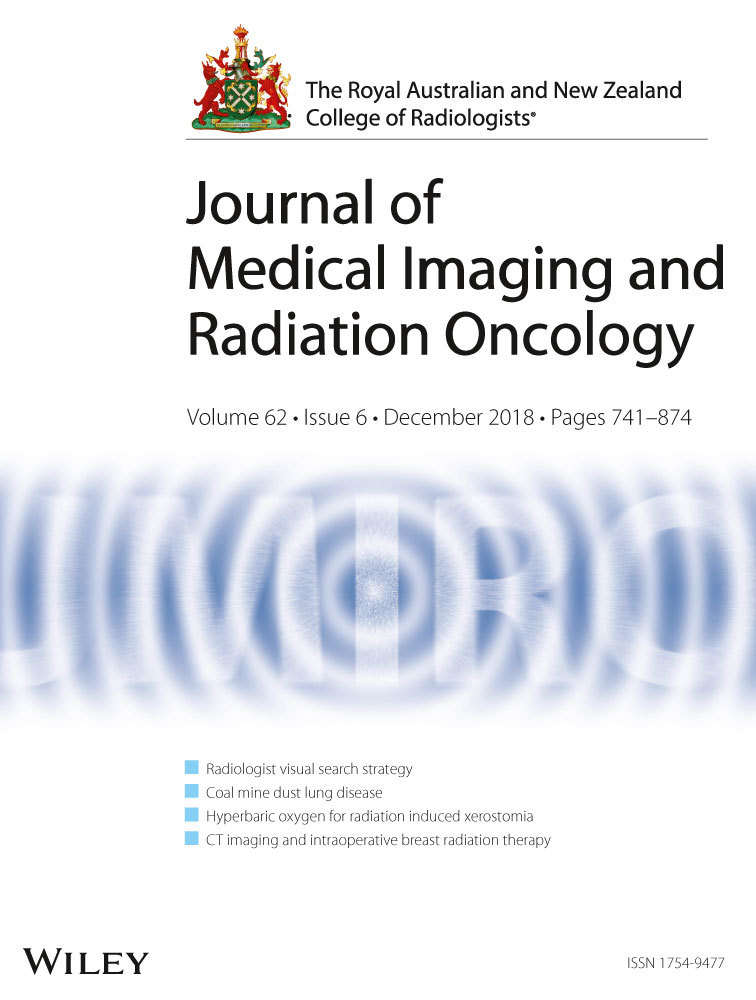Ventilation perfusion single photon emission computed tomography: Referral practices and diagnosis of acute pulmonary embolism in the quaternary clinical setting
Abstract
Introduction
Ventilation perfusion single photon emission computed tomography (V/Q SPECT) and CTPA are the two leading imaging studies used to investigate acute pulmonary embolism. V/Q SPECT is often the first line investigation for pregnant patients and young females. Historically, V/Q Planar studies have high rates of indeterminate findings resulting in a preference for CTPA studies. The purpose of this research is to examine current V/Q SPECT referral practices in the quaternary clinical setting and to confirm V/Q SPECT studies have low rates of equivocal findings.
Methods
Retrospective study of a 6-month period of all completed V/Q SPECT studies (± LDCT) indicated for investigation of acute PE. V/Q SPECT studies were reported using the European Association of Nuclear Medicine guidelines. Patient demographic data and V/Q SPECT findings were recorded. CTPA and Doppler Ultrasound report findings were included if performed 48 hours prior to, or following V/Q SPECT study. Standard descriptive statistical analysis was undertaken.
Results
Ninety-nine percent of V/Q SPECT studies had reports positive or negative for acute PE, with 1% inconclusive. Twenty-two percent of patients had either CTPA or Doppler Ultrasound studies within a 48- hour period prior to, or following V/Q SPECT, with the majority having a negative Doppler ultrasound prior to negative V/Q SPECT. Sixty-eight percent of patients referred for V/Q SPECT were females under the age of 55, 40% of whom were pregnant.
Conclusions
Ventilation perfusion single photon emission computed tomography has low rates of equivocal findings with referral practices indicating pregnant patients and young women are considered to most benefit from V/Q SPECT as a first line investigation for acute PE.




